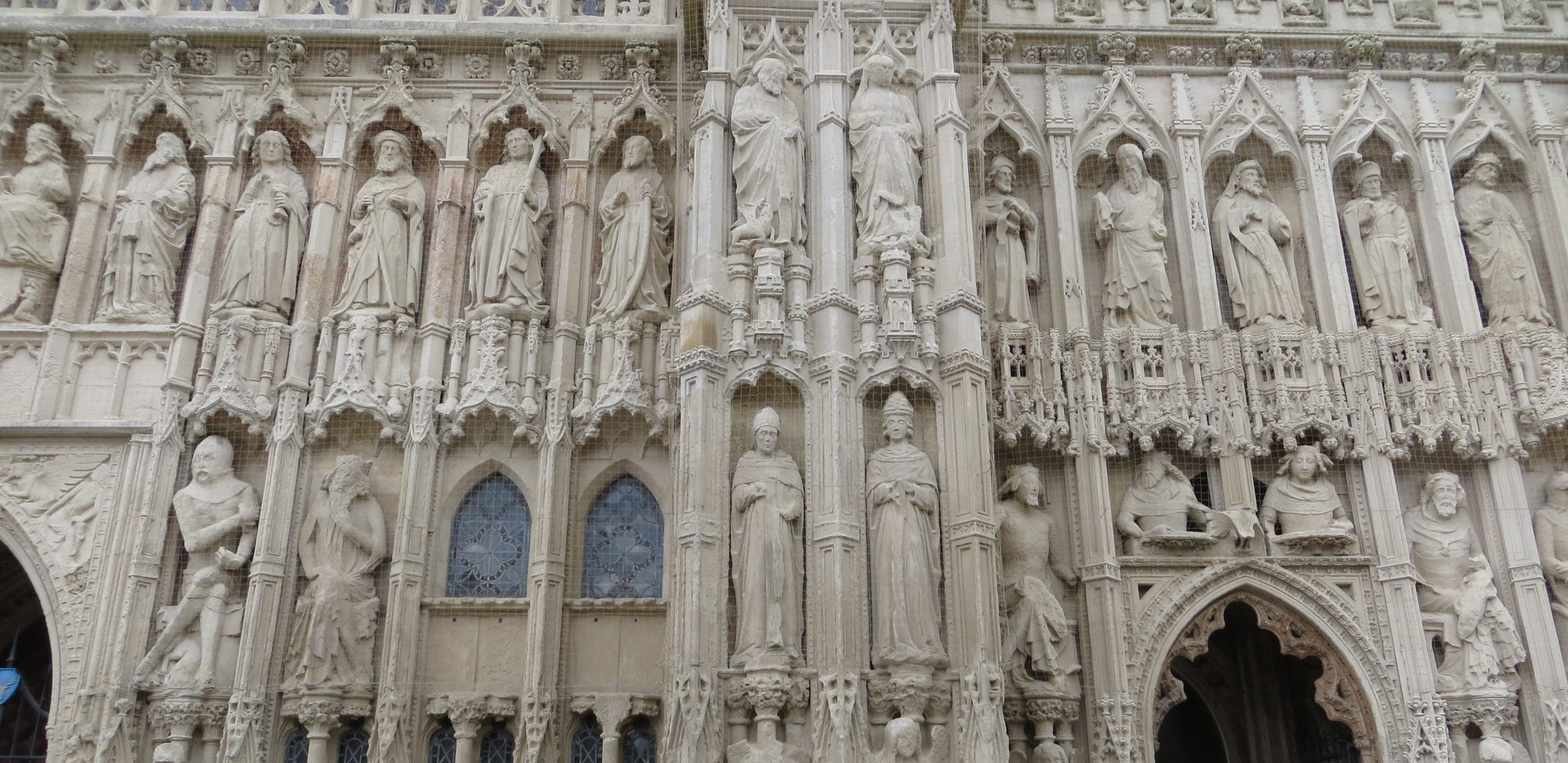Maximus views the liturgy thus: the first entrance of the bishop signifies the first coming of Christ and his saving passion; the bishop’s entering the sanctuary and mounting the throne is nothing less than Christ’s ascension into heaven and sitting on the heavenly throne; the reading of the Gospel signifies the end of this world, and the bishop’s descent from the throne his second and glorious coming; the dismissal of the catechumens is the final judgment; and all that follows belongs to the life of the future kingdom of Heaven. It is the eschaton made present: union of all with God as he is.
The ‘liturgical becoming’ reaches its fulfilment when the bishop-‘Christ’ makes the invisible future kingdom present to the faithful. He distributes, as it were, himself to the faithful in the sacrament, thus truly becoming inherent in them. The sanctuary becomes the actuality of the nave; and the future kingdom dwells in the temporal assembly of the faithful. There is, then, a ‘coinherence’, a simultaneous union and distinction of the nave and the sanctuary, of time and eternity, of man and God.
Melchisedec Törönen Union and Distinction in the Thought of St Maximus the Confessor
